As the “great resignation” gains momentum in what is starting to become the era of rapid turnover, employees are finding it easier to move into new roles at different organizations of their choice. But what about transitioning to other positions within the same organizations? Unfortunately, most companies lag, and the paths are unclear.
Talent mobility, or an employee’s ability to switch roles within their organization, has not been given due importance as a talent management strategy to improve business growth and employee engagement.
In Deloitte’s Global Human Capital Trends survey, more than 50% of respondents reported that it was easier for employees to find a job outside their organization than inside, a situation that leadership must be worried about.
But why is talent mobility important?
Well, the answer is simple – it’s good for business.
Deloitte’s survey revealed that 38% of respondents turn to internal mobility to build better leaders and 31% cite the need to expand the business as the primary reason. While 32% believe mobility is essential to enhance employee engagement.
Let’s explore.

Why is talent mobility a winning strategy for your organization?
Talent mobility is a winning talent management strategy for organizations – and it is on the radar of most board meetings in 2022. As Robin Erickson, Ph.D., principal researcher at The Conference Board and a longtime student of internal mobility, said, “Before, it was easier to find a candidate externally who had the required skills. But with hiring freezes during COVID-19, if you’re not allowed to hire from outside, you now have to find people inside for critical roles.”
Despite multiple studies stating internal talent mobility as one of the most influential developmental and cultural enhancement techniques, actually making this happen still eludes so many companies out there.
“Better the Devil, you know” – moving individuals who are already onboarded, already know the company culture, and have a track record of delivery (albeit in a different role) is far less risky than bringing in externals.
Time to competence is way faster – as you can always be sure that your candidate is aligned with the company’s vision and mission, onboarding can be more targeted and significantly quicker.
Spend less on backfilling and rehires – you can save the extensive direct and indirect costs of losing employees, who will always search for more lucrative professional pursuits outside your organization.
Thinking differently – Allowing employees to move between different departments and roles drives collaboration, fuels innovation, and goes a long way in improving employee engagement and commitment.
Adapt to the changing, globalized world – As companies adapt and make sense of the globalized market, moving successful people to new focus areas is vital.
True, internal talent mobility is a priority. But it’s challenging!
Driving internal mobility as a talent management strategy is challenging.
Deloitte’s Global Human Capital Trends Survey found that only 6% of respondents believed they are excellent at moving people from role to role. From unavailability of internal employees to fill positions, lack of information on available parts, to current managers’ resistance to inner moves and unclear processes to identify and move employees, the barriers to internal talent mobility were complex and manifold.
Perhaps the most pressing concern is leaders’ inability/unwillingness to understand their employees’ skills, backgrounds, and motivations and provide a structured approach to learning, upskilling, nurturing, and building a path for a long-term, fulfilling career for employees.
But, those in control of talent mobility (the managers) don’t know where to begin.
Technology is providing the answer. A “TXP” (Talent Experience Platform) offers employees and managers a single place to understand the roles/projects/gigs “open” within their company, allowing them visibility of the internal talent marketplace. It also informs them of the skills required to succeed, providing a powerful learning experience if gaps need bridging.
AI and Machine learning power this to ensure learning sync with an individual’s development needs and career aspirations.
A TXP brings Learning, Skilling, and Career Mobility – all in one place.

The EdCast AI-Powered, Mobile First TXP – Drive career mobility and relevant learning
At EdCast, we help clients transform learning and development, retain and develop talent, and drive internal staff mobility with our AI-enabled, analytics-driven, mobile-first TXP.
Our intelligent TXP delivers personalized learning in the workflow and enables social sharing between peers and managers to seamlessly disperse knowledge within the organization.
Moreover, EdCast’s TXP integrates with your organization’s learning management system (LMS) and talent management suite to access enterprise-wide learning content and enable learning and upskilling based on employees’ career goals.
In short, our TXP delivers a full-cycle career experience, reduces churn, promotes talent mobility, and helps retain your star performers.
We will be happy to help you kickstart your organization’s learning and development (L&D) transformation process.
Visit our website to know more, or click here to book a meeting. Follow us on LinkedIn for the latest updates in the L&D space.



